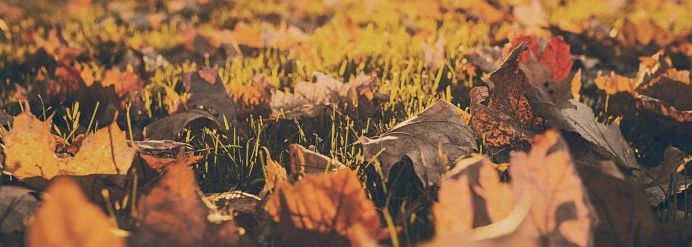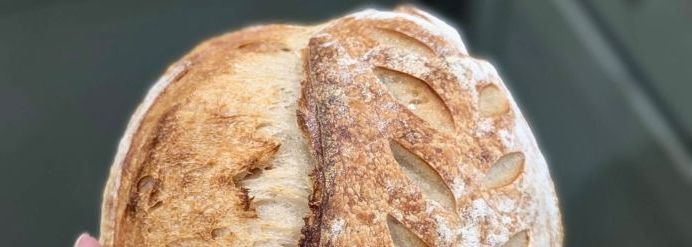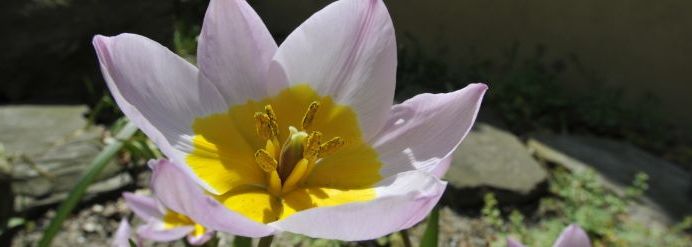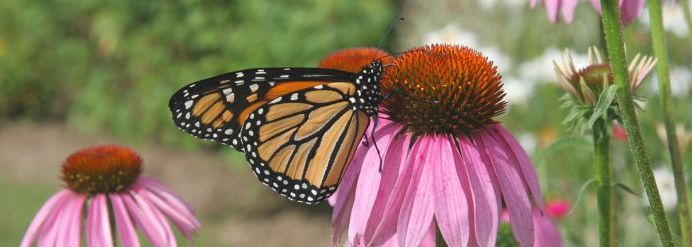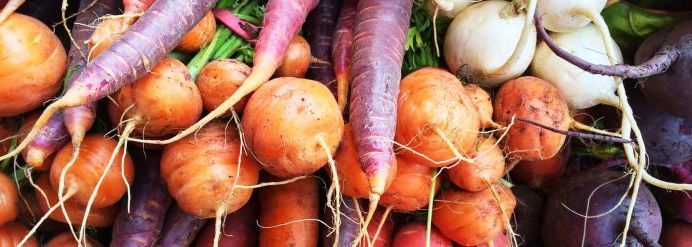Have you ever wondered how summer’s vibrant green leaves change into autumn’s fiery reds, golden yellows and beautiful oranges in Gretna, Nebraska? This transformation is called foliage change. It’s an intricate process that happens annually. Let’s get into the science behind foliage change and uncover the secrets of how this happens!
Pigments
The journey of foliage change begins with the leaves themselves. During the growing season, leaves are factories of photosynthesis, using sunlight to convert carbon dioxide and water into glucose and oxygen. This process occurs in chloroplasts, tiny structures within leaf cells that contain the pigment chlorophyll. Chlorophyll is responsible for the green color of leaves and is essential for photosynthesis.
As daylight hours shorten and temperatures drop in the fall, trees receive cues to prepare for winter. This triggers a reduction in chlorophyll production, allowing other pigments in the leaves to become more prominent. Carotenoids, which produce yellow and orange hues, are present in leaves throughout the year but are masked by the dominant green chlorophyll. As chlorophyll breaks down and fades, the brilliant yellows and oranges of carotenoids emerge.
Anthocyanins
In addition to carotenoids, some species of trees and shrubs boast another set of pigments called anthocyanins. These pigments produce the striking reds, purples and deep blues observed in certain foliage. Unlike carotenoids, anthocyanins are not present in leaves year-round. They are produced in response to specific environmental factors such as cool nights and sunny days, which signal the plant to protect itself from excess sunlight and to recover nutrients from the leaves.
Anthocyanin production varies among species and can result in a stunning range of red hues. Some trees, like maples, are renowned for their brilliant red leaves, while dogwoods showcase deep purples. The intensity and timing of anthocyanin production are influenced by genetics, climate and the overall health of the tree.
Mixed colors
What makes foliage change really cool is the interplay of pigments within individual leaves and among neighboring trees. In forests, the result is a captivating mosaic of colors, where trees with varying pigments give us lots of reds, yellows, oranges and purples. The diversity of colors adds depth and vibrancy to the landscape. It kind of just makes you want to get out there and see it all on a nice hike in Gretna, Nebraska.
The exact timing and intensity of foliage change can vary from year to year and even from tree to tree, making each autumn look different. Factors like temperature, precipitation and soil conditions influence the process, contributing to the variability of this natural phenomenon.
Enjoy viewing the changing foliage in Gretna, Nebraska
These changes are a great example of nature's artistry. As we witness the annual transformation of landscapes from greens into vibrant bright colors, we can learn to appreciate the little things happening around us. So get out there and take in all this natural beauty! Plus, now you can tell people you know how it’s all happening!




